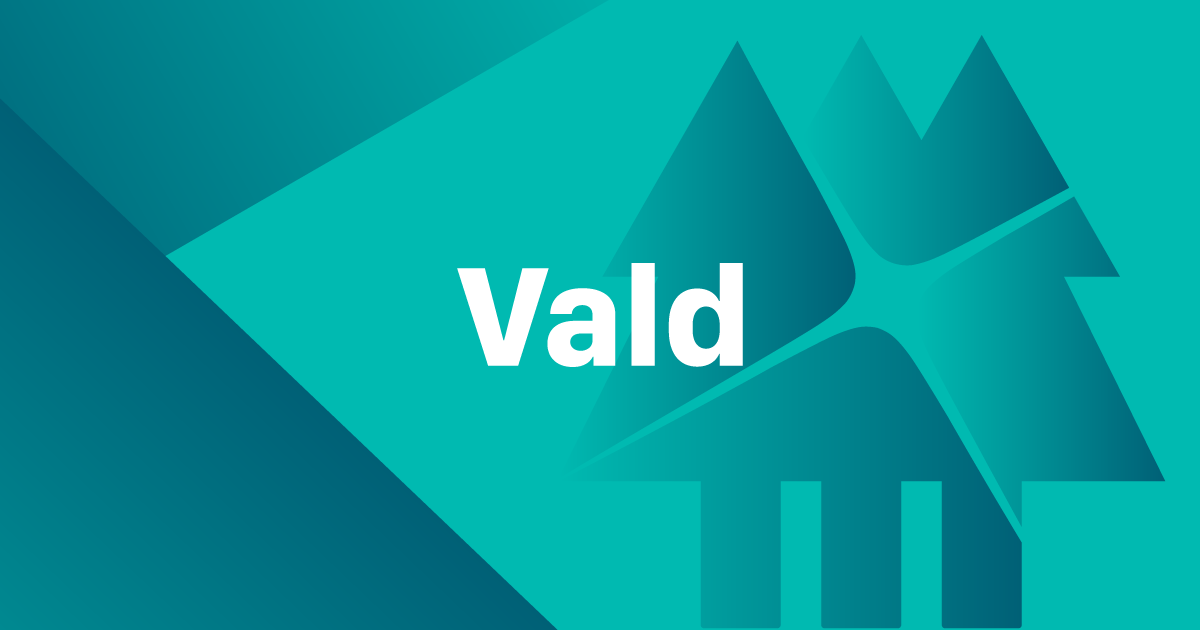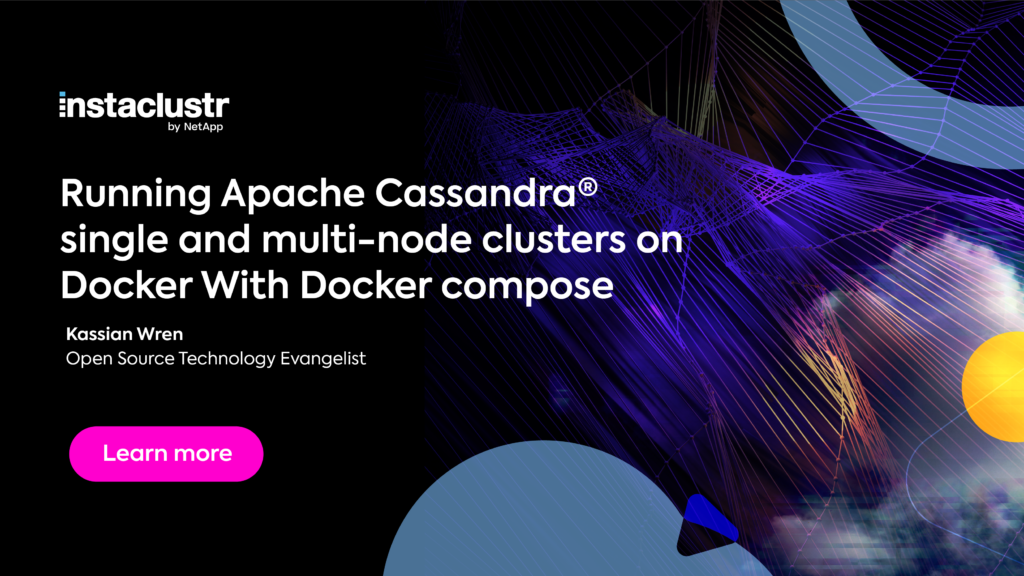- DataStax Platform Overview
- Getting Started with DataStax and Docker
- Prerequisites
- Next Steps
- Building
- Quick Reference
- Licensing
Where to get help:
DataStax Academy, DataStax Slack
For documentation and tutorials head over to DataStax Academy. On Academy you’ll find everything you need to configure and deploy the DataStax Docker Images.
Featured Tutorial - DataStax Enterprise 6 Guided Tour
Built on the best distribution of Apache Cassandra™, DataStax Enterprise is the always-on database designed to allow you to effortlessly build and scale your apps, integrating graph, search, analytics, administration, developer tooling, and monitoring into a single unified platform. We power your apps' real-time moments so you can create instant insights and powerful customer experiences.
DataStax Docker images are licensed only for Development purposes in non-production environments. You can use these images to learn DSE, OpsCenter and DataStax Studio, to try new ideas, to test and demonstrate your application.
-
Basic understanding of Docker images and containers.
-
Docker installed on your local system, see Docker Installation Instructions.
-
When building custom images from the DataStax github repository, a DataStax Academy account.
For documentation including configuration options, environment variables, and compose examples head over to DataStax Academy.
On Academy you’ll also find step by step tutorials and examples.
The code in this repository will build the images listed above. To build all of them please run the following commands:
./gradlew buildImages -PdownloadUsername=<your_DataStax_Acedemy_username> -PdownloadPassword=<your_DataStax_Acedemy_passwd>By default, Gradle will download DataStax tarballs from DataStax Academy.
Therefore you need to provide your credentials either via the command line, or in gradle.properties file located
in the project root.
Run ./gradlew tasks to get the list of all available tasks.
Use the following links to review the license:




